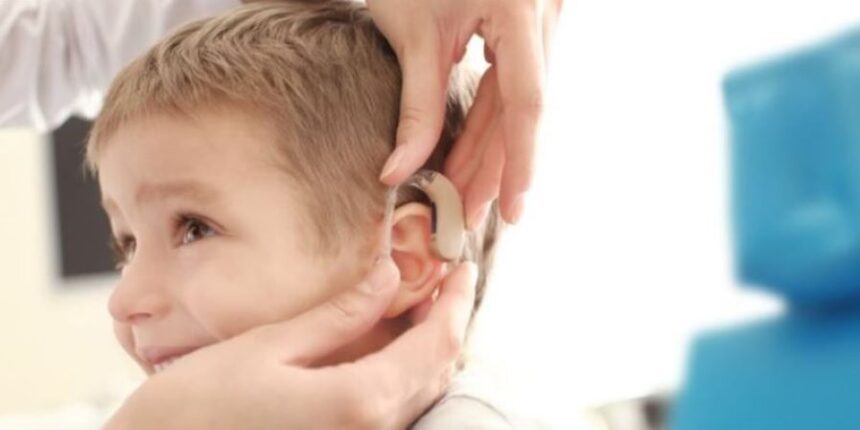Alexandria: Jasour – News Desk
Ataa Fund has signed the contract for the third phase of the project with Asdaa Association in Alexandria, continuing the support for the project “With My Cochlea and Its Update, I Thrive – Phase Two.”
The aim is to support hearing-impaired individuals using electronic cochlear implants by providing spare parts and update services for the external part of the cochlear for 665 children/students. This initiative ensures their continuous enjoyment of hearing, supports their communication with others, helps them stay in education, and facilitates their integration into society, transitioning them from isolation to a sense of belonging and social advancement.
The project targets both males and females aged 3 to 25 years, including children and individuals in education enrolled in nurseries, schools, and universities. Ataa Fund has successfully provided services to 867 beneficiaries in the first and second phases, delivering a total of 1,535 spare parts and 20 update services for the external parts of the electronic cochlear implants.
Ninety-four percent of the beneficiaries are school-age children, with the project aiming to ensure their right to education and integration. Ataa Fund and Asdaa Association have reached the target group and provided services in 26 governorates so far.
The contract was signed by Amira Al-Rifai, Executive Director of Ataa Fund, and Sami Jameel, General Manager of Asdaa Association.
The fund explained that one reason for supporting the project is the high cost of cochlear implant spare parts, which are imported, posing a significant burden on the majority of these low-income families, as well as on some middle-income families. Additionally, they bear the costs of speech therapy sessions necessary for children to improve their speech, leading some families to borrow monthly to cover these expenses. The external part of the cochlear implant (the processor) needs updating every 5-8 years on average.
Furthermore, the manufacturing company stops providing any spare parts after this period, compelling families to update the external part of the electronic cochlear implant at their own expense to avoid device malfunctions and to ensure that the child receives good sound quality. If the device malfunctions, the family may need to update the entire device because the external model is no longer in production, making it difficult to obtain spare parts from the supplier.






